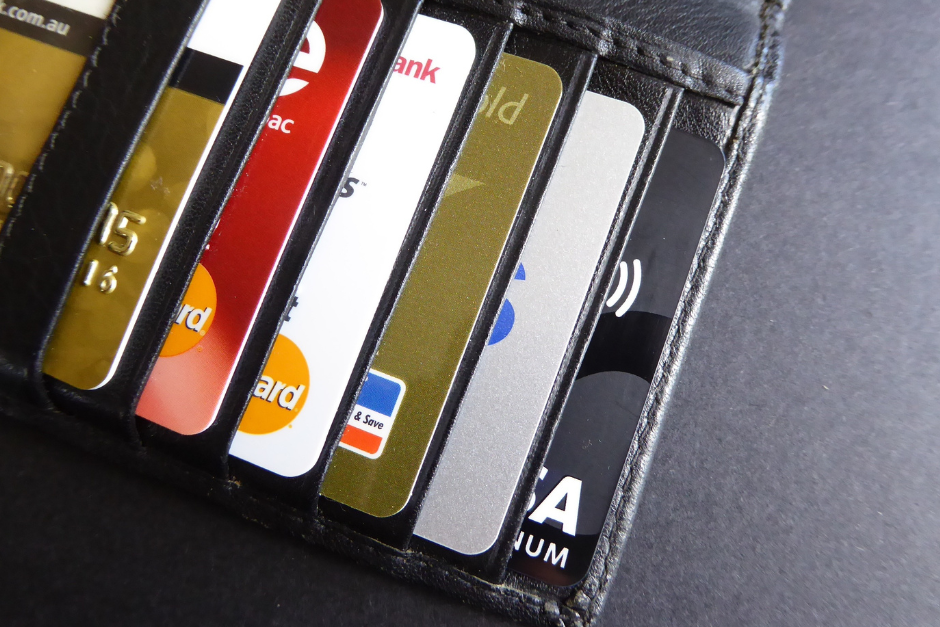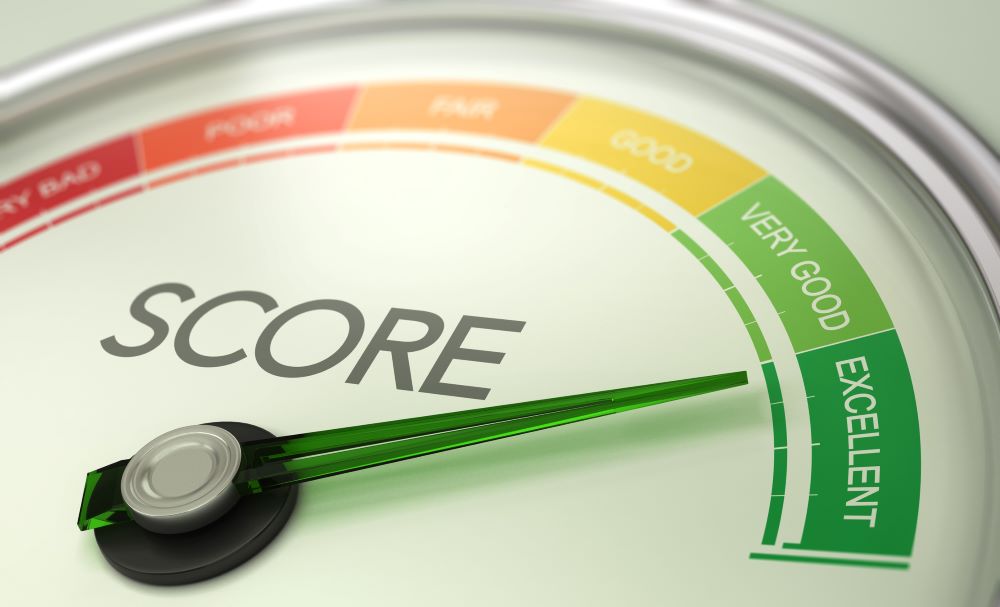Medical bills are not foolproof documents and up to 80% of them may contain errors. Mistakes on your medical bill can artificially inflate the amount you owe or reduce the amount of coverage your insurance provides.
If you’ve received a medical bill you can’t pay, it may damage your credit score and even get sent to collections. Finding errors on your bill can help you reduce the amount owed and make your bill more affordable.
You can’t ignore your medical bill and hope it goes away. But you shouldn’t pay it as soon as you receive it, especially if this puts you in financial trouble. According to Money, medical bills are not reported to the credit bureaus for 180 days, meaning you have some time before the debt starts negatively affecting your credit.
This gives you six months to identify medical errors and take other measures to reduce your bill. Start working now to take advantage of the full grace period.
Here’s how to spot errors on your medical bills.
Look for Billing Errors
When trying to spot errors on your bill, here are places to start.
Review basic information
Verify that basic information like your name, address, gender and other personal information is correct. Also check that your insurance information is accurate, and the dates you received medical services are correct. Providers might be overcharging you for an extra day in the hospital, submitting your bills to the wrong insurance plan or even charging you for services that another patient received.
Understand the codes
Once you’ve checked the basic information, you need to move on to the difficult step of understanding the codes. There are many different types of codes on a typical medical bill:
- HCPCS codes are used across all medical providers to identify medical services and supplies you received. Level I codes are for services and procedures, and Level II codes are for non-physician charges like medical supplies.
- ICD-10 codes are associated with a specific diagnosis; they tell you what you were being treated for. If you are being treated for multiple conditions, your bill may contain more than one code.
- Revenue codes differ between medical providers. They are associated with the cost of a service or supply.
You can find a list of HCPCS codes and ICD-10 codes online.
Review the line items on your bill
Now it’s time to review each item on your bill, approving the ones you know are correct and flagging the ones that need follow up. Here are some ways to find potential errors:
- Make sure you received the services and supplies listed. Sounds straightforward, but it isn’t always, especially if you were incapacitated for a time or were in the hospital for several days.
- Look for multiple charges for a service you received only once.
- Check the ICD-10 codes against the reason you received medical treatment.
- If you received a service or supply more than once, make sure you were charged the same amount.
- Any item you’re unsure about should be brought to the medical provider’s attention for explanation.
Check the bill against your insurance
If you have health insurance, you need to check that your insurance provider covered everything they are supposed to. Request an explanation of benefits (EOB) from your insurance company, even if they didn’t cover any services. You should verify that the charges on your medical provider’s bill matches the charges on the EOB. Any discrepancies need to be cleared up.
In-network and out-of-network services are not covered the same by your insurance. Verify whether the provider was in-network or out-of-network, and make sure your insurance paid its share. This can be more difficult than it sounds, especially if some services you received were in-network while others were not (for example, you had surgery from an in-network doctor but the anesthesiologist was out-of-network).
Call the provider and insurance company
If you find errors in your bill, contact the medical provider. Its billing department can help you clear up mistakes and remove anything you shouldn’t have been charged for receiving. If you find errors on your EOB, call the insurance company. This process can take time, so you should call as soon as you’ve reviewed your documents.
Have your bill and EOB in hand when you call. Write down who you speak to and the date and time. You might have to be persistent and call a few times to fix errors. Always ask for any corrections to be made in writing.
Hire a Pro
Medical billing is complex, and there are professionals who can help you navigate it. For a fee, medical billing advocates can review your bill, identify errors and look for items your insurance company should have covered. They can even negotiate with the provider for you.
Some medical billing advocates can charge a flat rate, while others might take a commission percentage of the amount they reduce your bill. Either way, this approach can possibly save you some money in the long run.











